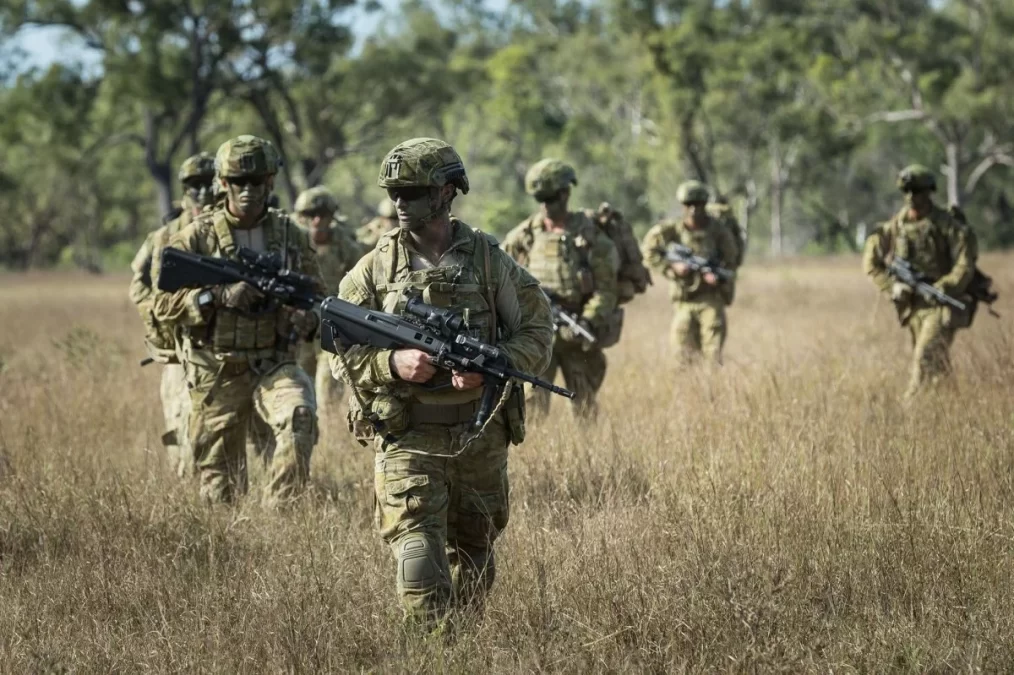The Times
Vladimir Putin has stated that he “agrees” with the US-proposed 30-day ceasefire in Ukraine, but as expected, there are conditions attached. The Russian president is raising questions about what happens during the truce and setting demands that could complicate the deal.
Putin is not committing to the ceasefire without ensuring that certain stipulations are met. He insists that the agreement must address what he considers to be the “root causes” of the war. One of his main conditions is that Ukraine must stop mobilising troops and training during the truce. He has also expressed concerns that Ukrainian forces might use the pause to regroup and prepare for further military action. Additionally, Putin is demanding that Kyiv cease receiving military support from its allies, arguing that continued assistance would undermine the ceasefire. Furthermore, he has questioned whether Ukrainian forces would willingly withdraw from Russian-claimed territories or attempt to hold their positions, potentially leading to further conflict.
The United States and Ukraine are pushing hard for the ceasefire, viewing it as a crucial step toward peace. US envoy Steve Witkoff has travelled to Moscow to engage in discussions with Russian officials. Meanwhile, Ukrainian President Volodymyr Zelenskyy has dismissed Putin’s comments as “manipulative” and accused Russia of using the negotiations as a delay tactic. US Secretary of State Marco Rubio has reiterated that the next move is up to Russia, as the ceasefire agreement requires cooperation from both sides.
Adding further complexity to the situation, tensions remain high in Russia’s Kursk region. Reports indicate that Ukrainian forces launched a cross-border incursion in August 2024, escalating hostilities. In response, Russia claims to have retaken significant territory, including the strategically important town of Sudzha. Putin has expressed concerns about allowing Ukrainian forces to withdraw without facing consequences, which could influence Russia’s stance on the ceasefire terms.
Despite the challenges, the US and Ukraine remain cautiously optimistic while standing firm on their positions. Ukraine has agreed to the ceasefire, but only if Russia adheres to it without violations. Marco Rubio has once again emphasised that Russia must now take the necessary steps to ensure the ceasefire holds. In an effort to solidify the agreement, a US special envoy is continuing discussions in Moscow. Key points of contention in these talks include territorial disputes and control over critical infrastructure, which remain major obstacles to achieving lasting peace.
While the proposed ceasefire presents an opportunity for de-escalation, the numerous conditions and underlying tensions suggest that the path to peace remains fraught with challenges.









